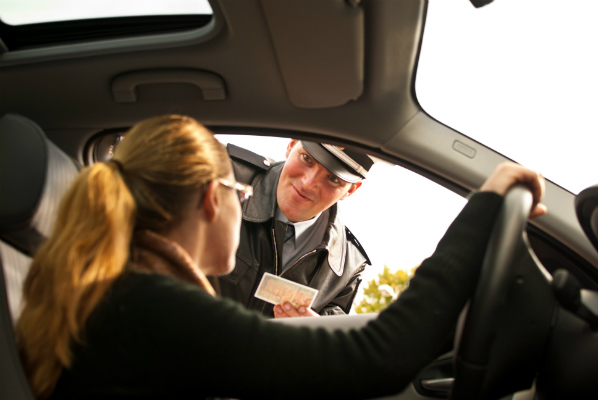
Top 7 Motorcycle Safety Tips
April 19, 2021Motorcycles can go as fast as cars, but they lack many safety features that most people take for granted in cars. Motorcycles do not have an outer frame to withstand the forces of a collision. Instead, the bike and the rider bear the brunt of the collision forces. Motorcycles often lack seatbelts, increasing the likelihood of the rider being thrown from the bike in the event of an accident. Finally, there’s the fact that you’re on two wheels. Motorcycles do not have the same level of stability as automobiles.
While motorcycles are generally less safe than cars, there are many things that motorcyclists and car drivers can do to ensure that everyone stays safe.
Table of Contents
#1. Take a Safety Course
Riding a motorbike requires a particular set of skills, and you must pass a special test to obtain your motorcycle license. Advanced motorcycle safety courses, on the other hand, will help you deal with real-life scenarios more effectively.
The course will train you about the safety rules and laws that apply in your state, and the types of risks that you will encounter when riding on the road and how to manage each situation. Many motorcycle accident lawyers offer these types of courses too.
You will also get acquainted with the proper steps to take in an emergency to save a life. As a result, when you take this course, you will not only gain trust in hitting the lane, but you will also learn how to ride safely.
#2. Wear the Right Gear
We’ve seen motorcycle riders wearing shorts on several occasions. Those individuals are not safe at all. Since a motorcycle provides no safety in the event of a crash, the clothing worn by riders is an integral part of the crash protection system. Even if you aren’t involved in a collision with another car while riding your bike, you might lose control and crash. You’ll be rolling around on asphalt in that case. In shorts, you are not helping the situation in any way.
#3. Inspect your Ride
Before hitting the road, conduct a thorough inspection of your machine. Tire friction, mirrors, and lights are all things you can inspect every time you get on your motorcycle. Necessarily, take a quick look around your bike to establish the presence of any loose bolts, leaks, or other potential hazards.
You must also be attentive to your regular maintenance and periodic preventative maintenance schedules. Delays in repairing even the most minor issues could prove costly in the end, so ensure that you perform all recommended routine maintenance, such as oil change, chain adjustments, tire wear, and the braking system, among other essential checks.
#4. Understand the Route
When planning a motorcycle road trip, make sure to research the route beforehand. Find out if there is a dedicated motorcycle lane, speed limits, lay-by, and other information about the roads along that route.
This will assist you in adequately planning and gearing up. Some roads necessitate more than your standard safety equipment, and learning the route will help you improve your safety measures.
#5. Get to Know the Weather
This is a crucial part of planning your motorcycle ride, particularly if you’re going on a long journey. Check the weather forecast for all places you’ll be riding your motorcycle on that particular day.
Avoid cycling under bad weather, and check to see if the route has convenient places like motels to stop at in case of an emergency. Owing to a lack of visibility and slippery roads during rainy seasons, riding under such weather conditions can be difficult.
#6. Keep Distractions to a Minimum
When riding a motorcycle, you must be extremely cautious at all times. There will be plenty of distractions on the road, and if you come across anything fascinating, slow down or pull over where necessary.
Always keep your eyes focused on the road ahead of you. Avoid taking phone calls, and if you must, consider Bluetooth helmets with built-in earphones and a microphone for answering calls.
#7. Maintain a Reasonable Speed
Speed limits are set for a reason, and each road has its own set of rules. To avoid dangers, make sure you remain within the limit. When determining your speed, the use of common sense applies.
It is appropriate to ride at maximum speed within the speed limit set for that road if the road is empty or has very few motorists.
Final Thoughts
When riding on unfamiliar roads, it’s best to ride slowly to avoid surprises, particularly blind spots. Just ride at a pace at which you are comfortable in your ability to handle the bike.
There are so many other safety tips to follow as a motorcyclist to avoid accidents and ensure other road users’ safety. Following them to the letter and always keeping to the right side of the law strengthens your case in case of an accident.












